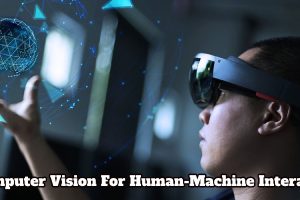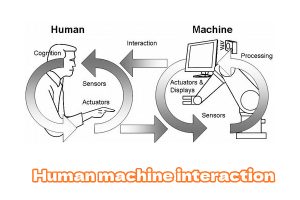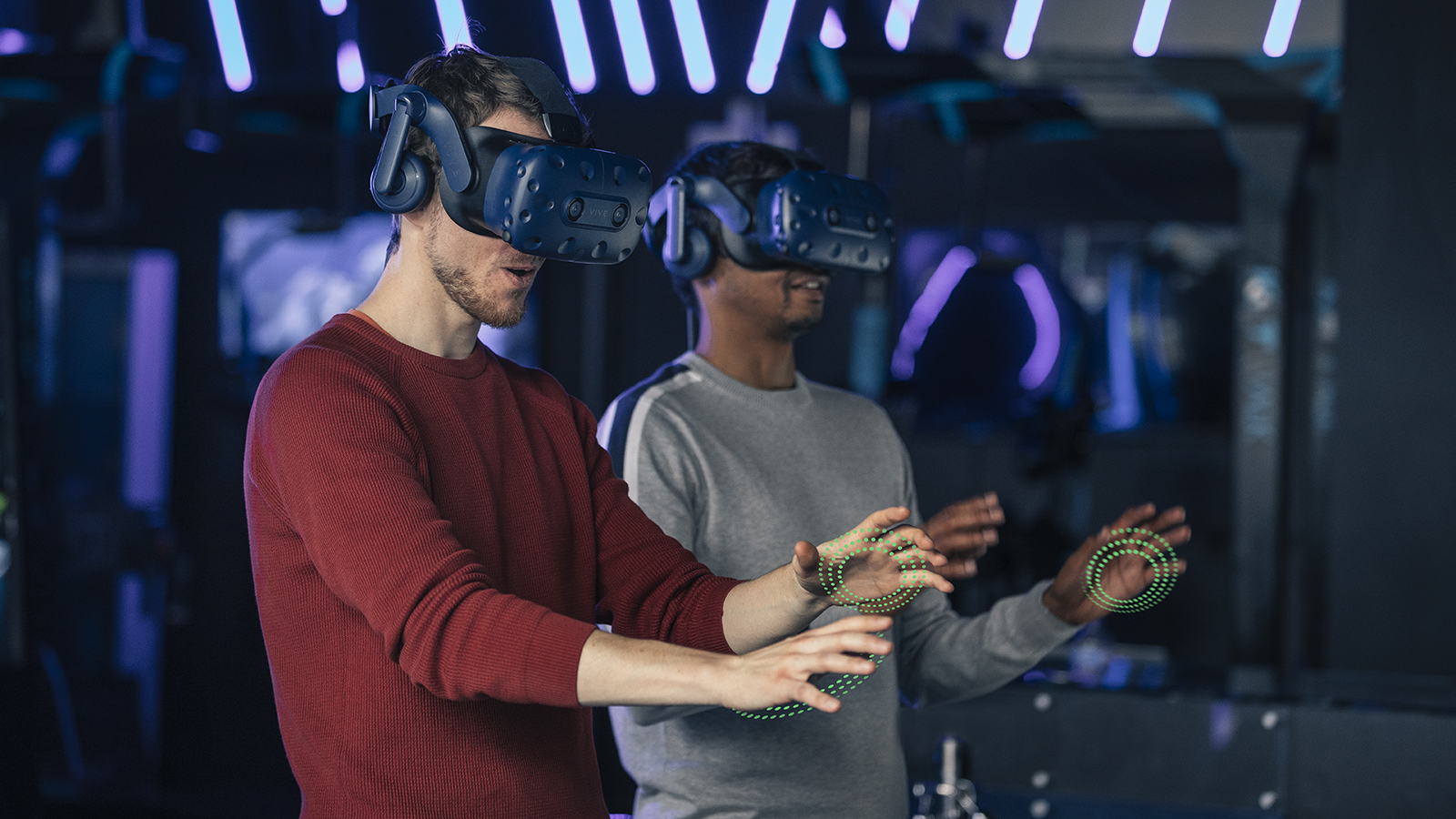Interaction between human machine interaction is becoming increasingly important in everyday life. Join us to learn about the positivity that brings efficiency to humans in interacting with machines and technology.
What is human machine interaction?
Human-Machine Interaction (HMI) is a field of research and development aimed at improving communication between humans and machines. It focuses on the design of interfaces and interaction mechanisms between users and automated systems, computers, and other electronic devices. The main goal of HMI is to create an efficient, friendly and effective interactive environment so that users can easily interact with complex technologies without needing in-depth mechanical knowledge.
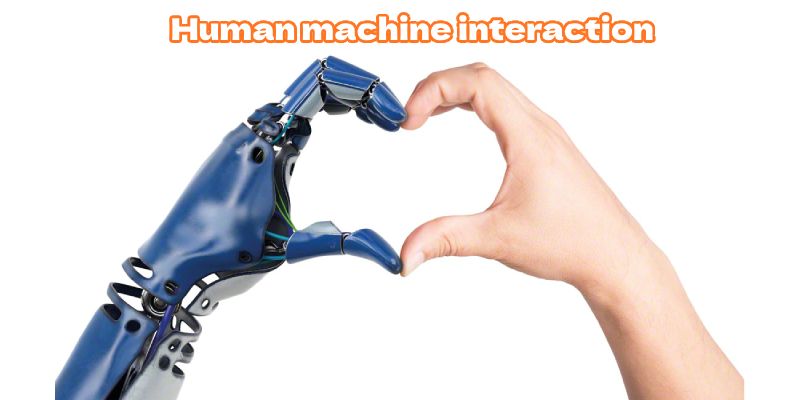
The importance of HMI in modern technology
Enhance User Experience (UX)
HMI plays an important role in creating a comfortable and easy-to-use interactive environment. An excellent user interface and user experience help users enjoy and use technology more effectively.
Negotiation and Natural Interaction
HMI helps machines and systems understand and respond to users more naturally. Integrating voice recognition technology, sensors and other means of interaction creates an interactive environment where humans can communicate with machines just as they would communicate with other people.
Utility and Performance
HMI helps optimize the working process and use of technology equipment and systems. Smart and easy-to-use user interface helps users get their work done faster and more efficiently.
Safety and Security
HMI plays an important role in enhancing safety and security during human-machine interaction. User interfaces can be designed to minimize risks and ensure that users use the technology safely.
Industry 4.0 and Automation
In industrial environments, HMIs are the key element for controlling and monitoring automated systems and production lines. It helps optimize performance and manage automated processes effectively.
Developing Smart Technology
HMIs are an important part of smart technology developments, including self-driving cars, smart homes, and smart personal devices. It creates intelligent and flexible interaction between humans and machines.
So do you know about human machine interaction? Let’s continue to find out.
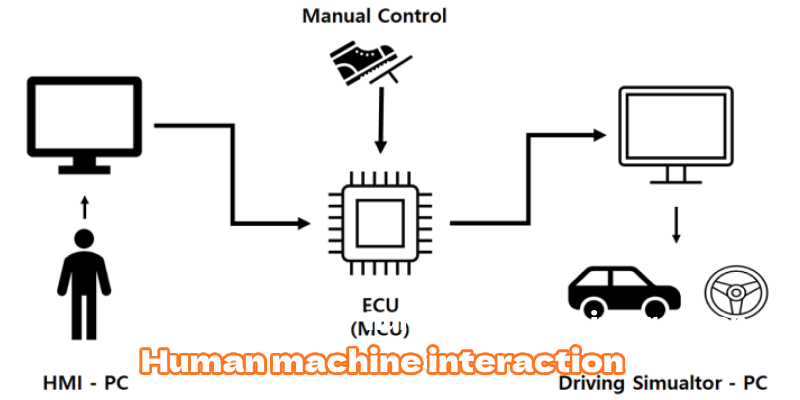
Human machine interaction: Main component HMI
User Interface (UI)
This is the part where users interact directly. UI includes elements such as graphics, icons, buttons, and other parts that users can manipulate.
User Experience (UX)
UX characterizes the overall feeling a user has when using a product or system. It is related to the convenience, comfort and efficiency of the interaction process.
Sensors and User Input
Sensor technologies such as touchscreens, cameras, microphones, and velocity sensors all play an important role in gathering information about users to optimize the interactive experience.
Voice Interaction Technology
HMIs increasingly integrate voice recognition technology so users can interact by talking to machines.
Interaction and Responsive Design
Includes how the system responds and reacts to user actions, to improve the interaction process and keep users constantly informed.
So do you know about human machine interaction? Let’s continue to find out.
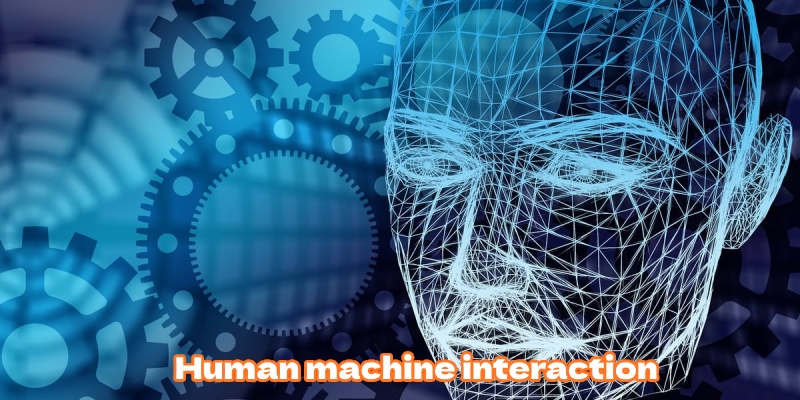
Application of HMI
Self-driving cars
The interface between the driver and the self-driving car system plays an important role in ensuring safety and efficiency when driving.
Industry 4.0
In automated manufacturing environments, HMIs are used to control and monitor production lines.
Cell Phones and Technology Devices
All mobile devices have integrated HMI so users can interact easily through touch screens.
Smart Medical System
HMIs are used to optimize communication between doctors, patients, and medical information systems.
Video games
In the entertainment industry, HMI plays an important role in creating unique interactive experiences for players.
So do you know about human machine interaction? Let’s continue to find out.
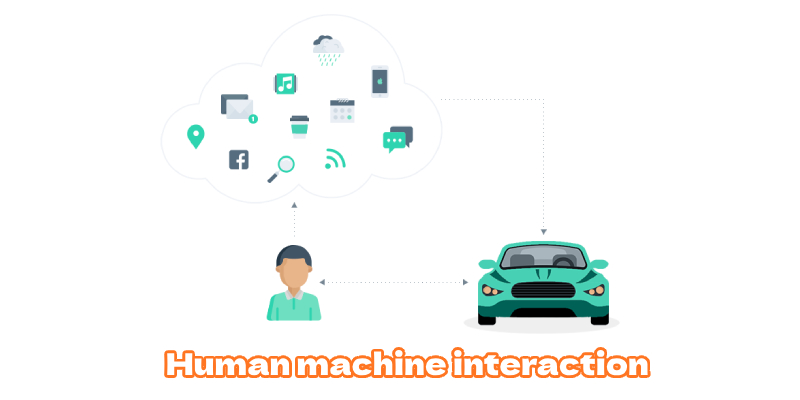
Development history of HMI
The Early Years (1940-1950)
This period saw the emergence of the first computers such as ENIAC and UNIVAC.
The interactive interface is mainly through programming via plugboards and punched plastic cards.
Controlled by Submersible Units (1950-1960)
The computer was controlled via a sink, but it was realized that using a flashing light could transmit information more effectively.
Command Line and Graphical Interface (1960-1970)
A command-line interface appears with text input.
Graphics began to appear with the first systems such as Sketchpad, where users could draw directly on the screen.
The Emergence of the Graphical User Interface (1970-1980)
The development of personal computers and graphical interfaces ushered in a new era.
Operating systems such as Macintosh System 1 and Windows 1.0 brought graphical interfaces into the center of attention.
Networking and Advanced Interaction (1980-1990)
The development of computer networks helps connect users and remote computers.
Input devices such as mice and keyboards became more common.
Internet and Web Interface (1990-2000)
The explosion of the Internet led to the development of web interfaces.
Web browsers like Netscape Navigator opened up online interaction.
Touch Screen and Mobile (2000-present)
The advent of touchscreens on mobile phones and tablets changed the way we interact with devices.
Development of mobile applications and mobile user experience.
New Interactive Challenges and Smart Technology (now)
Technologies such as artificial intelligence (AI), computer vision, and voice interaction are opening up new interactive possibilities.
The Internet of Things (IoT) trend brings HMI into new objects and environments.
So do you know about human machine interaction? Let’s continue to find out.
New technology and trends in HMI
Artificial Intelligence (AI)
AI is being integrated into HMIs to improve the ability to predict and understand user preferences.
The system relies on machine learning to adjust and optimize the user experience over time.
Computer Vision
Computer vision technology allows computers to “see” and understand images.
Applied in HMI to recognize gestures, faces, and objects, creating more natural interactions.
Voice Interaction and Natural Language Processing (NLP)
HMIs increasingly integrate the ability to understand and respond to natural language.
Integrates voice and NLP technology to create interaction between users and machines through speech.
3D User Interface and Virtual Reality (VR) / Augmented Reality (AR)
Enhance user experience by using VR and AR to create interactive 3D spaces.
Applicable in fields such as education, health and entertainment.
Interactive Haptics
Use sensory feedback (haptics) to simulate touch experiences, such as touch and vibration.
Improve user experience by creating interaction with virtual objects.
Internet of Things (IoT)
Link HMI with IoT to create intelligent user interfaces for connected devices.
Manage and control through online user interface.
Energy-Efficient User Interfaces
Develop energy-efficient user interfaces to reduce environmental impact and increase device longevity.
Emotion Recognition and Challenge
Use technology to identify users’ moods through face, tone and gestures.
Create more dynamic and personalized interactions.
Multi-Touch and Gesture Recognition
Develop the ability to recognize and respond to multiple touches and gestures, enhancing diverse interaction capabilities.
HMI Safety and Security
Enhance safety and security measures to ensure that user data is protected and security risks are avoided.
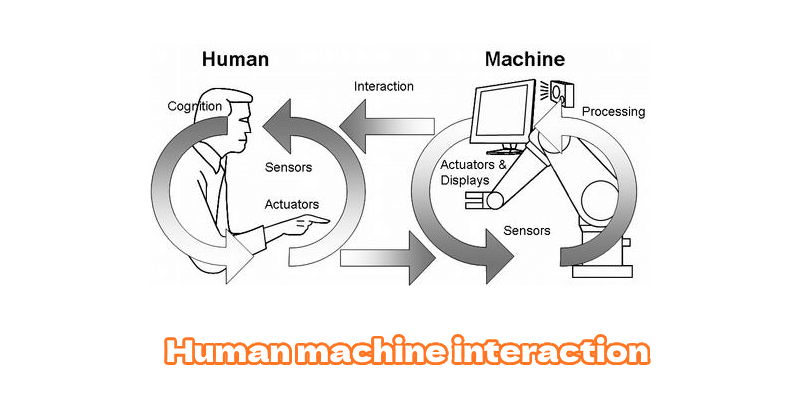
In conclusion
We have fully and detailedly explained human machine interaction. Hope the above information will help you.
